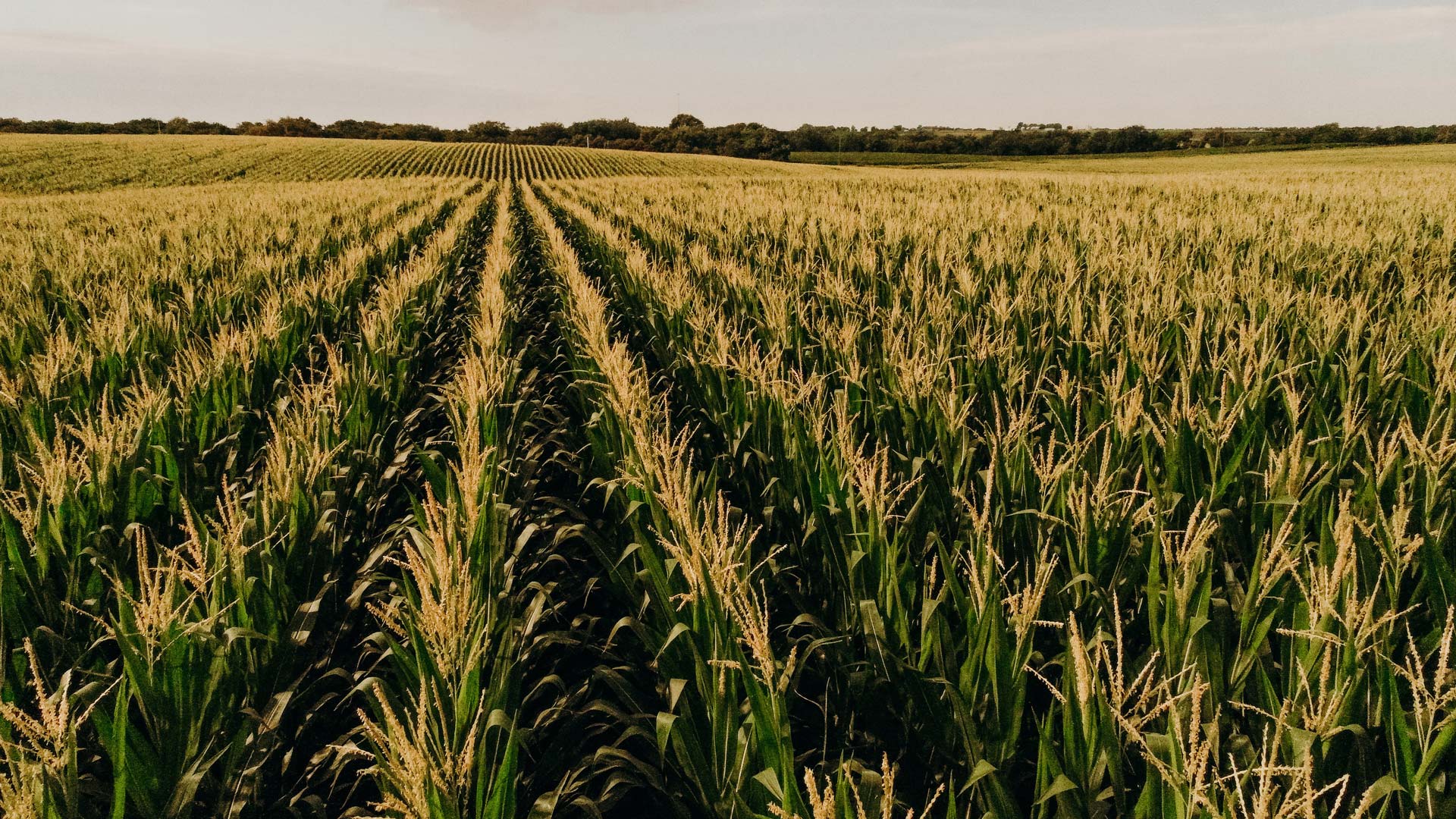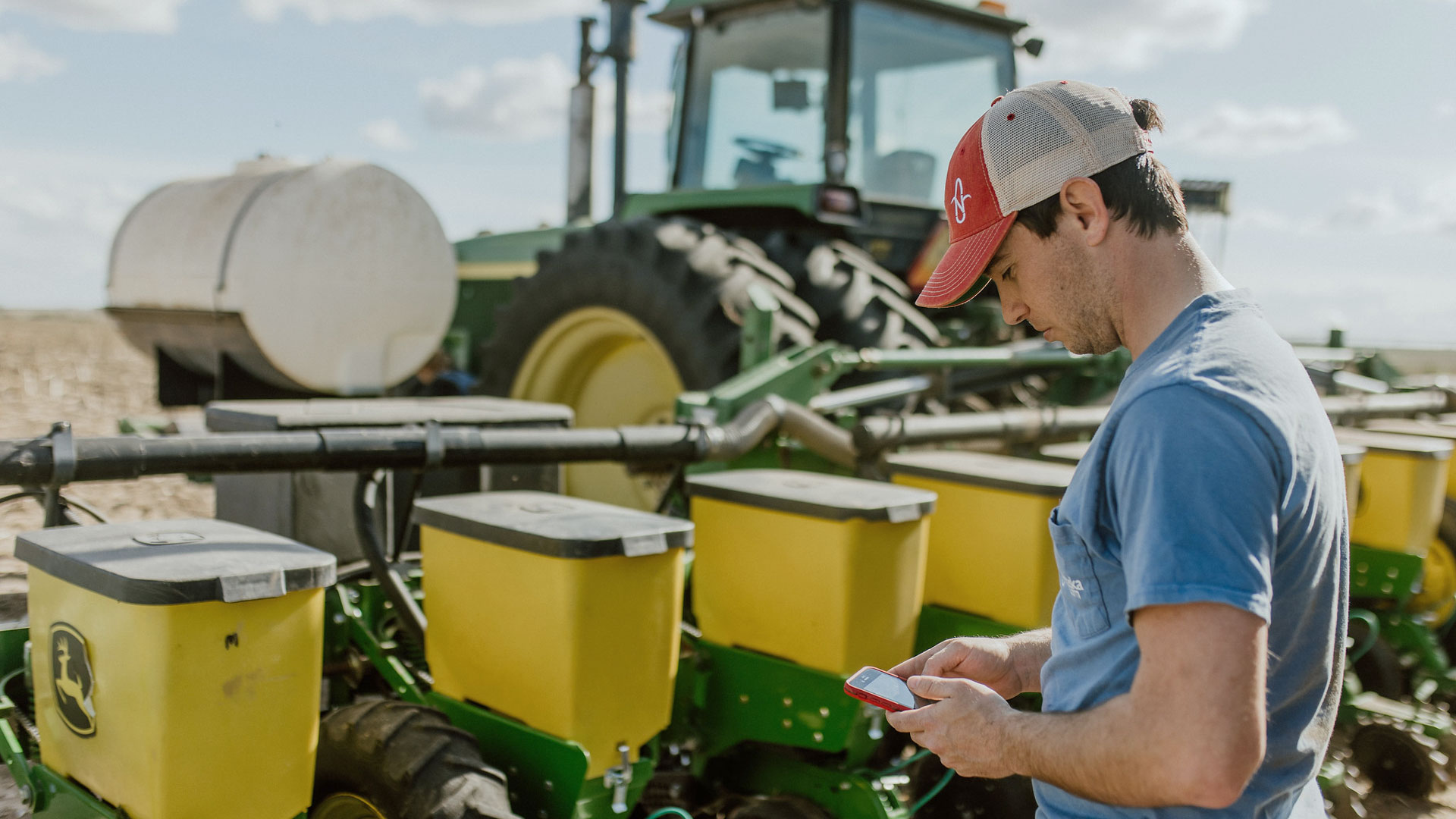Straight answers to key questions about Nebraska’s clean air fuel.
Nebraska’s ethanol industry is a major economic driver for the state:
• Nebraska is the nation’s second largest ethanol producer with 2.18 billion gallons annually
• Nebraska’s 25 ethanol plants employ 1,300+ people
• Nebraska’s ethanol plants consume 750 million bushels of corn each year
• Nebraska’s ethanol plants produce 6.4 million tons of distillers grains (livestock feed) annually
• Nebraska’s ethanol plants produce 515 million lbs. of corn oil annually
Ethanol has become a major player in America’s fuel supply—and in Nebraska’s economy. In Nebraska, ethanol production has become a significant contributor to the success of agriculture— adding value to the corn we produce and generating jobs and tax revenue all across the state. Billions of miles have been driven on ethanol-blended fuels in the past 30+ years alone. NASCAR has been using 15% American Ethanol (E15 or Unleaded88) under the Sunoco Green 15 brand— driving a total of 6 million trouble-free racing miles since 2011. And that says something about the reliability and performance of American Ethanol. Originally blended at 10% with gasoline (E10), higher blends of American Ethanol are becoming even more prevalent and more available. Still, many consumers have questions about ethanol—its benefits, its performance and its environmental impact. In this issue of CornsTalk, you’ll discover straight and simple answers to those questions so you can be even better informed when you pull up to the pump.

Are we really using food to make fuel?

How much water does it take to make ethanol?

Is the ethanol industry subsidized?
There are no federal or state programs that provide direct payments or subsidies to ethanol producers.
Congress passed the Renewable Fuel Standard (RFS) in 2005 and 2007 requiring a specific volume of transportation fuel in the United States fuel supply to contain renewable fuels such as corn ethanol, biodiesel, and ethanol made from cellulosic sources such as cornstalks, switchgrass and wood waste.
The RFS was passed in order to provide market access for domestically produced renewable fuels in a fossil fuel-dominated marketplace, reduce our reliance on imported oil and spur economic development—especially in rural areas of the United States. All of those goals continue to be achieved through the RFS.

Does ethanol improve air quality?
When the American Lung Association recommends the use of renewable fuel such as American Ethanol, you can be pretty sure that improved air quality is part of the equation. Toxic emissions and particulate matter from vehicle exhaust are a huge threat to human health—and the use of clean-burning American Ethanol has a significant positive effect on air quality.
“Every time you pull up to the pump, you have the opportunity to make a choice for cleaner air,” said Angela Tin, vice president for environmental health for the American Lung Association. “Choosing fuel with American Ethanol is a simple and easy way to help reduce pollution and make the air safer and healthier for you and your family.”
According to a 2017 report released by the U.S. Department of Agriculture, greenhouse gas emissions (GHG) associated with corn-based ethanol are about 43% lower than gasoline when measured on an energy equivalent basis.
The Alternative Fuels Data Center at the U.S. Department of Energy states: “Using ethanol as a vehicle fuel has measurable greenhouse gas (GHG) emissions benefits compared with using gasoline. Carbon dioxide (CO2) released when ethanol is used in vehicles is offset by the CO2 captured when crops used to make the ethanol are grown.”






